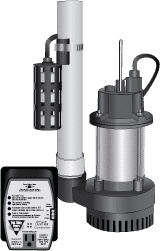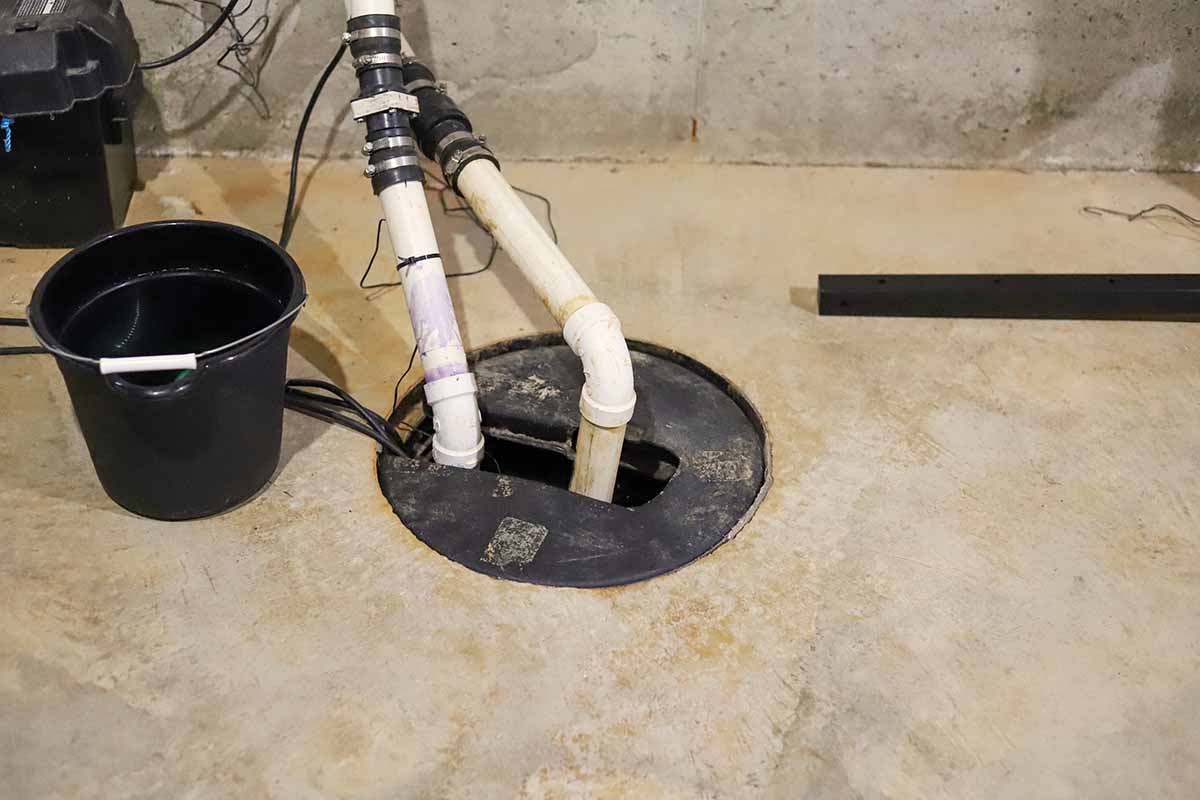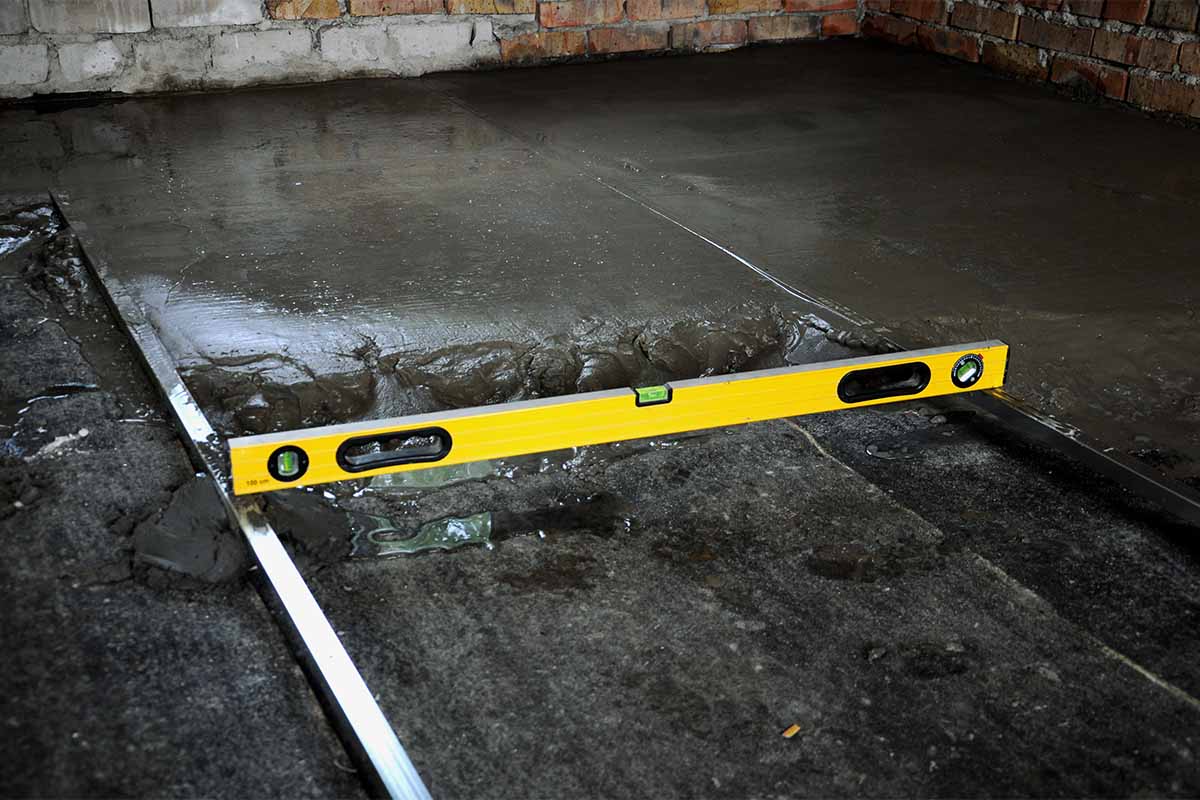A Homeowner’s Guide to Sump Pumps
A sump pump is a vital component of any home’s flood prevention system. Sump pumps are used to remove water that has accumulated in a sump pit, which is typically located in the basement of a home. Sump pumps are powered by either electricity or battery, and they are able to pump water out of the pit and away from the home at a rate of up to several hundred gallons per hour.
Homeowners should check their sump pump regularly to ensure that it is functioning properly, and they should have a backup plan in place in case of power outages or other emergencies. By taking these simple steps, homeowners can help protect their homes from the damaging effects of flooding.
Sump Pump Features to Look For
Sump pumps are the heart of a waterproofing system. In many homes, the sump pumps are old, and unreliable, and create moisture and health problems in their basements or crawl spaces. The “builder’s grade” sump pumps that many people have in their homes are unreliable and inefficient, and they do not provide the features they need. Today, very efficient high-capacity sump pump systems are available. Now you can change out your old sump pump with a new modern sump pump and sealed sump pit with::
High-Performance Pumps
When it comes to sump pumps, high performance is essential. After all, you don't want your pump to fail when you need it most. That's why it's important to choose a pump that is designed for optimal performance.
High-performance pumps are built with quality materials and feature innovative designs that deliver reliable results. In addition, high-performance pumps are often more energy-efficient than standard models, which can save you money on your energy bill. Whether you're looking for a pump for your home or business, choosing a high-performance model is the best way to ensure reliability and peace of mind.
Battery Backups
While most sump pumps are powered by electricity, battery backups are also available. Battery backups provide peace of mind by ensuring that the sump pump will continue to operate even if the power goes out.
Some battery backups are designed to be used with an existing sump pump, while others come as part of a complete sump pump system. Battery backups typically use sealed lead-acid batteries, which need to be replaced every 3-5 years. When choosing a battery backup for your sump pump, it is important to select one that is powerful enough to handle the specific needs of your home.
Efficient Basin Designs
In order to best remove water that has collected in a sump, the basin must be designed with efficiency in mind. The size and shape of the basin will affect how well the pump can do its job. A larger basin will need a more powerful pump to empty it, while a smaller basin may not need as much power.
The shape of the basin is also important. A round basin will allow the water to collect in the center, making it easier for the pump to remove all of the water. An oval or rectangular Basin will have corners where water can pool, making it more difficult to completely empty the Basin. When designing a sump pump system, it is important to consider both the size and shape of the Basin to ensure that the system will be efficient and effective.
Check Valves
When the water level in the sump pit reaches a certain point, the sump pump is activated and pumps the water out of the pit and away from the home. To prevent the water from simply flowing back into the pit, a check valve is installed in the discharge pipe. The check valve allows water to flow out of the pit but not back in, ensuring that your basement stays dry even during a heavy rainstorm.
Built-In Alarms
Some sump pumps have a built-in alarm that sounds when the water level in the sump basin rises to a certain level. This can be helpful in preventing any flooding or water damage in the home. The built-in alarm will allow the homeowner to take action to pump the water out of the basement before it becomes a problem.

Modern sealed sump pump systems are highly reliable and keep running at optimal performance levels. Combining the pump systems with a sealed interior waterproofing or drainage system will increase the value of your home as well as create the option of a new, healthy living space.
Is a Sump Pump Necessary?
Almost always, a sump pump is a great addition or upgrade to your basement. Do not risk your basement flooding due to out of date, unreliable, builder’s grade sump pumps. Today’s sump equipment is very reliable and adds to the health of your home. Quality waterproofing contractors have great, reliable sump pumps available, including single pump systems, battery backup sump pumps, and water alarms that keep your basement or crawl space dry and healthy.
ECP sump pump systems are the very best available in the industry. Each sump pump system is designed to work in conjunction with a sealed basement waterproofing system to keep your basement dry all the time. These systems must be installed by trained sump pump installers from our national network of waterproofing contractors.
Types of Sump Pumps
A sump pump is a vital component of any home that is prone to flooding. When water levels start to rise, the sump pump kicks into gear, automatically removing water from the area and preventing serious damage. No matter what type of sump pump you choose, it is important to have one in place in case of a flood.
Primary Sump Pumps
Your primary sump pump is your first line of defense against basement water. The sump pump’s job is to remove any water that collects in the sump basin or pit. These pumps have a float system that tells it when to turn on and off. There are many types of floats or switches – mechanical, tethered, pressure, and electronic. Since the switch mechanism is the number one reason for sump pump failure your focus needs to be on picking a high-quality switch first. The best sump pump switches are the ones that have backup or dual switches. These dual switches provide redundancy in the case of switch failure. When it comes to protecting your home from water, two is always better than one.
The next feature to look for is performance. Performance is not just volume (gallons per hour) but also electrical efficiency. Gallons per watt-hour is a performance criterion that some sump pump manufacturers are starting to use. The highest performance pumps will pump over six gallons per watt-hour, meaning that not only will it outperform (in GPH) your old sump pump but will use less electricity to do it.
Battery Backup Sump Pumps

As noted above “When it comes to protecting your home from water, two is always better than one”. Battery backup pumps provide protection against flooding when your power goes out. During the worst of the spring storms, power is often lost, shutting down your old sump pump system. In these cases, a battery backup sump pump will automatically turn on and provide flood protection for your basement until power is restored. For those of us that have experienced basement flooding a battery backup is not a luxury but an absolute necessity.
Battery backup sump pump systems monitor your whole waterproofing system with a controller and then switch your sump system from AC power to DC power when there is an interruption in electrical power service. These controllers will then recharge the battery once AC power is restored. Audible alarms will inform you of this instance but no action is needed on your part for most systems. These systems can even call your cell phone and inform you of an interruption so that you are warned about your freezer or other appliances.
As with AC sump pumps, DC battery backup units vary in performance and features. Once again, gallons per hour and efficiency are the keys to picking the best system. If the system is not efficient, it will drain the battery quickly and put your basement at risk. Also, if your backup cannot keep up with the amount of water entering your sump basin, your basement will be at risk. Insist on ECP sump pump systems to protect your home from flooding.
Sump Basins and Frozen Discharge Lines
Sealed sump pits stop moisture and soil gasses from entering the living space, which can degrade the air quality in your home. New efficient designs are available to be combined with highly efficient sump pumps, creating a high-performance sealed water management system. When combined with a sealed interior drainage system, your home’s indoor air quality can increase while moving water to the sealed sump pit. The sump pump is triggered by a switch to turn on and pump the water outside. A freeze guard can be installed to prevent freezing of the discharge line. Freeze guards are simple devices that mount outside your home and allow water a place to go if the buried line becomes frozen or blocked.

